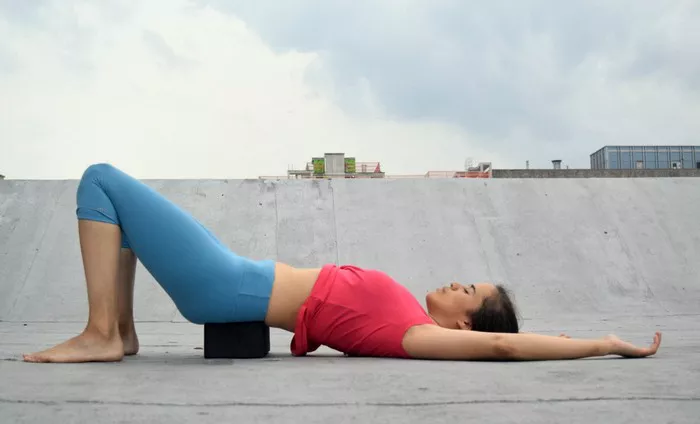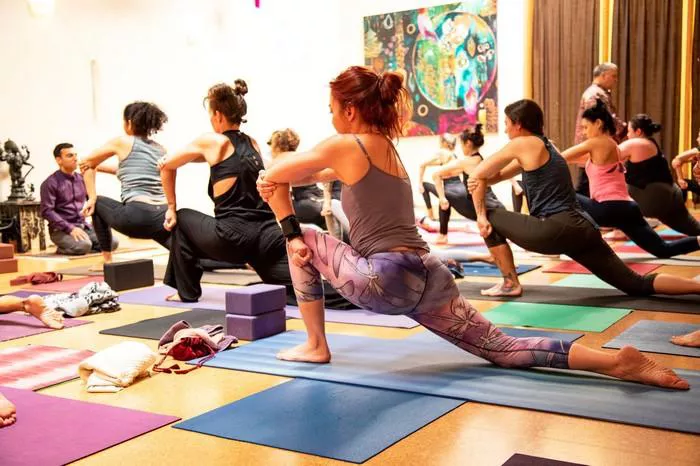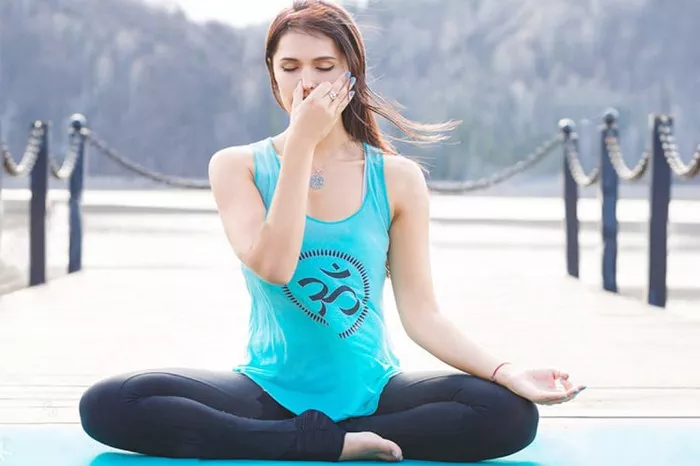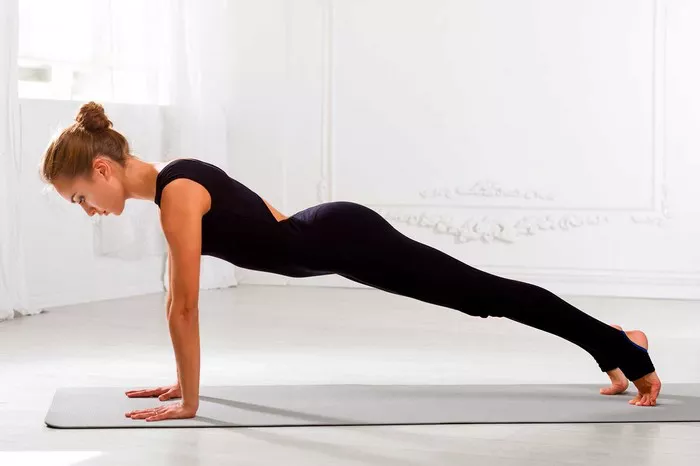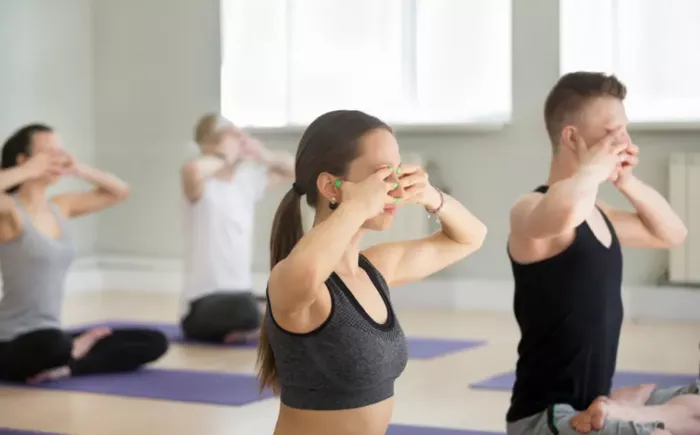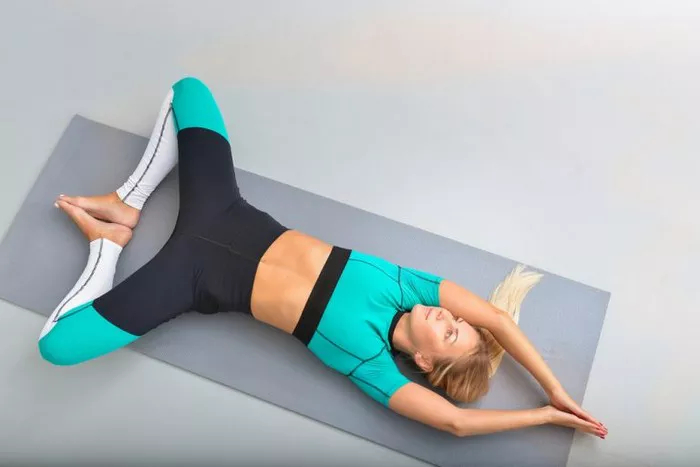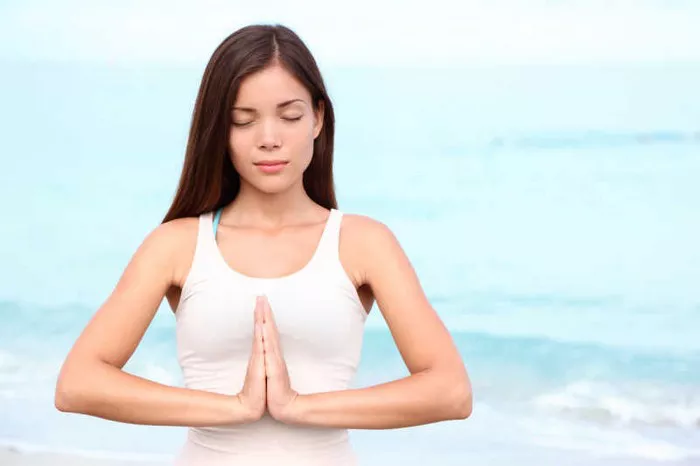Yoga blocks, those seemingly simple props often found scattered around yoga studios, hold immense potential for enhancing one’s yoga practice. While initially appearing as mere supportive tools, yoga blocks can profoundly deepen stretches, improve alignment, and facilitate accessibility to poses that might otherwise feel out of reach. Whether you’re a seasoned yogi or just beginning your journey, understanding the versatility of yoga blocks can revolutionize your practice. In this article, we’ll explore ten of the best ways to utilize these underrated props, empowering you to experience yoga in a whole new light.
1. Stability in Standing Poses:
Standing poses form the foundation of many yoga sequences, and yoga blocks can provide invaluable support in maintaining stability and balance. Placing blocks beneath your hands in poses like Triangle (Trikonasana) or Half Moon (Ardha Chandrasana) can help lengthen the spine and create space, allowing for a deeper, more comfortable expression of the pose.
2. Enhanced Flexibility in Forward Folds:
For those with tight hamstrings or limited flexibility, forward folds can be challenging. Yoga blocks offer a solution by bringing the ground closer to you, reducing the need to strain or overreach. In poses like Forward Fold (Uttanasana) or Seated Forward Bend (Paschimottanasana), placing blocks beneath your hands or forearms can support proper alignment while gradually increasing flexibility over time.
3. Elevated Seating in Meditation:
Comfort is key during meditation, and sitting on the floor for an extended period may not be feasible for everyone. Yoga blocks provide a simple solution by raising the hips, allowing for a more comfortable and sustainable seated position. Whether used alone or stacked to desired height, blocks can support proper spinal alignment and alleviate pressure on the knees and ankles, enabling a deeper, more focused meditation practice.
4. Deepening Backbends Safely:
Backbends offer a myriad of benefits, from opening the heart to improving spinal flexibility. However, they can also put strain on the lower back if not performed mindfully. Yoga blocks offer support by providing height and stability in poses like Bridge (Setu Bandhasana) or Camel (Ustrasana), allowing practitioners to gradually deepen the backbend while maintaining proper alignment and preventing injury.
5. Support in Restorative Poses:
Restorative yoga focuses on relaxation and rejuvenation, often incorporating gentle, supported poses held for extended periods. Yoga blocks excel in this practice, providing stable support in poses like Supported Bridge or Supported Child’s Pose, promoting deep relaxation and stress relief. By allowing the body to fully surrender, blocks facilitate a profound sense of release and restoration.
See Also: What to Wear to Restorative Yoga
6. Alignment Assistance in Arm Balances:
Arm balances can be intimidating for many yogis, requiring both strength and balance. Yoga blocks offer valuable assistance by providing stability and alignment support. Placing blocks beneath the hands in poses like Crow (Bakasana) or Side Plank (Vasisthasana) can alleviate wrist pressure and help establish a solid foundation, empowering practitioners to explore these challenging poses with confidence.
7. Hip Opening with Ease:
Hip opening poses are notorious for eliciting sensations of discomfort and resistance, especially for those with tight hips or limited mobility. Yoga blocks can ease the intensity by providing support and elevation in poses like Pigeon (Eka Pada Rajakapotasana) or Wide-Legged Forward Fold (Prasarita Padottanasana). By gradually lowering the height of the blocks over time, practitioners can safely deepen their hip opening practice while respecting their body’s limits.
8. Alignment Awareness in Standing Balances:
Standing balances require focus, strength, and precise alignment to maintain stability and prevent wobbling. Yoga blocks serve as valuable tools for heightening awareness and refining alignment in poses like Tree (Vrksasana) or Warrior III (Virabhadrasana III). Placing a block between the thighs or beneath the hands can provide tactile feedback, helping practitioners engage the necessary muscles and find greater steadiness in their balance.
9. Core Strengthening Support:
Core strength is essential for maintaining stability and integrity in yoga poses, but building a strong core can take time and dedication. Yoga blocks offer support and resistance in core-focused poses like Boat (Navasana) or Plank (Phalakasana), helping practitioners engage and strengthen the abdominal muscles effectively. By utilizing blocks to modify and gradually increase the intensity of core exercises, practitioners can progress safely and steadily towards greater strength and stability.
10. Customized Savasana Comfort:
Savasana, or Corpse Pose, is often considered the most important part of a yoga practice, providing an opportunity for deep relaxation and integration. Yoga blocks can enhance this experience by offering customized support and comfort. Placing blocks beneath the knees or lower back can alleviate tension and promote spinal alignment, allowing practitioners to fully surrender into relaxation and experience the profound benefits of Savasana.
Conclusion
In conclusion, yoga blocks are not merely accessories but powerful tools for enhancing and expanding your yoga practice. Whether you’re looking to deepen stretches, improve alignment, or explore challenging poses with confidence, incorporating yoga blocks into your practice can unlock a world of possibilities. By embracing the versatility of these props and experimenting with different ways to use them, you can cultivate a more mindful, balanced, and fulfilling yoga journey.

